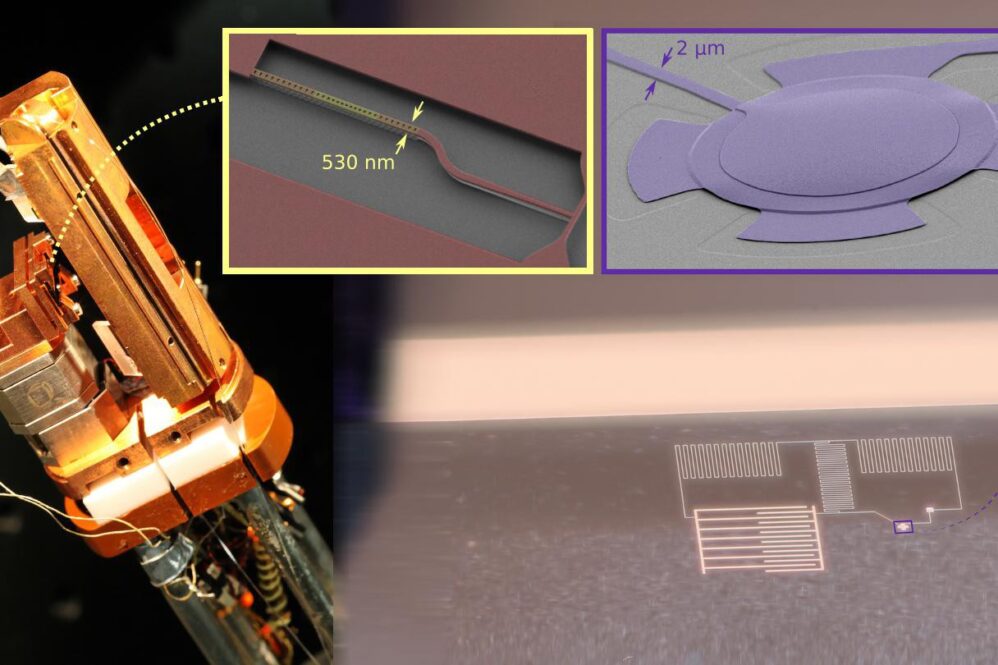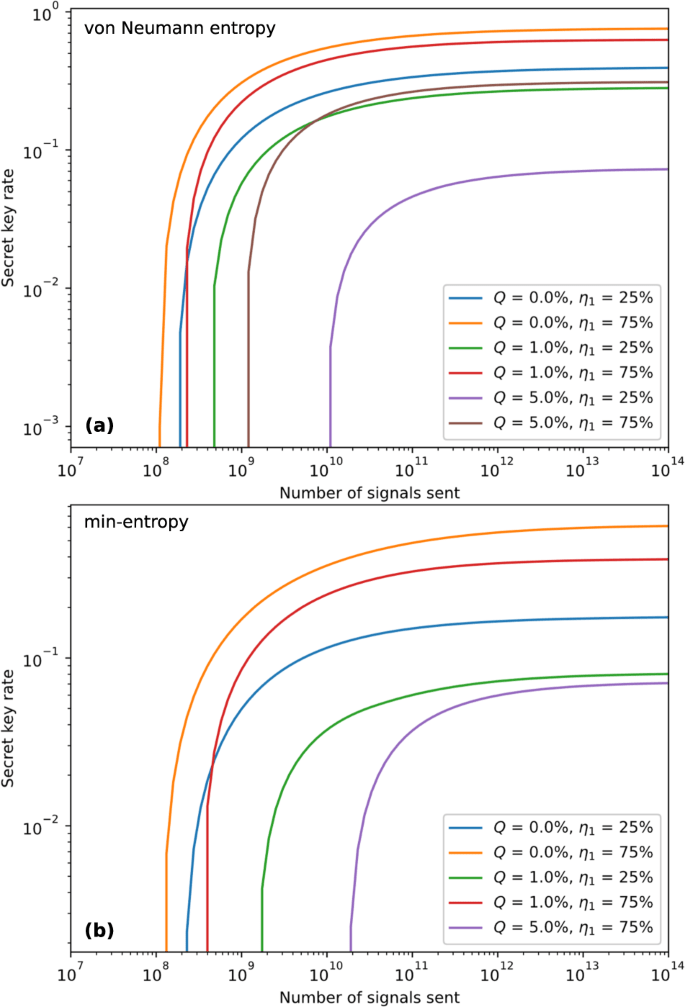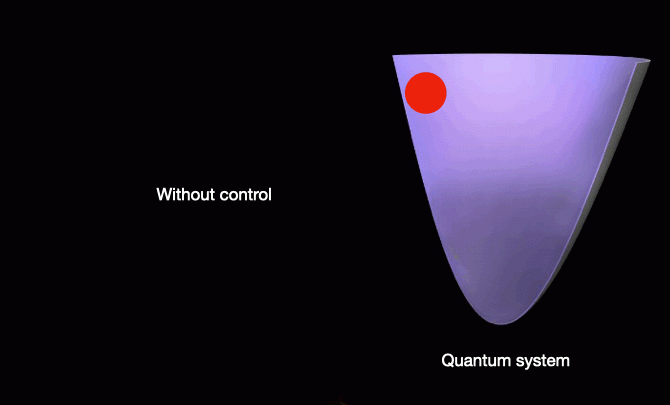Researchers at Ecole Polytechnique Fédérale de Lausanne, Switzerland (EPFL) unravel novel dynamics in the interaction between light and mechanical motion with significant implications for quantum measurements designed to evade the influence of the detector in the notorious ‘back action limit‘ problem.
Atomic- and magnetic-resonance force microscopes can reveal the atomic structure of materials and even sense the spins of single atoms. The lab of Tobias Kippenberg at EPFL, working with scientists at the University of Cambridge and IBM Research — Zurich, have discovered novel dynamics that place unexpected constraints on the achievable sensitivity.
Recent advances in mechanical motion measurements have achieved remarkable precision, exemplified by the detection of gravitational waves using large-scale interferometers and the ability to observe individual atoms through specialized microscopes. However, these conventional measurement techniques face fundamental limitations due to quantum mechanics, specifically the Heisenberg uncertainty principle, which states that precisely measuring a particle’s position prevents accurate knowledge of its momentum.
To circumvent this limitation, scientists developed backaction-evading techniques that focus on measuring specific properties (like oscillator amplitude) while deliberately ignoring others (like phase). While these techniques theoretically offer unlimited sensitivity for the measured property, they sacrifice half of the potential information.
This breakthrough study by researchers at EPFL, the University of Cambridge, and IBM Research – Zurich has revealed unexpected complications in this approach. The team discovered that small variations in both optical and mechanical frequencies can trigger uncontrolled amplification of mechanical oscillations, similar to what occurs in a degenerate parametric oscillator. This phenomenon was observed in both optical and microwave radiation systems, indicating its universal nature rather than being system-specific.
The research team, led by Tobias Kippenberg and including first author Itay Shomroni, systematically mapped these dynamics by adjusting frequencies, finding perfect alignment between theoretical predictions and experimental results. These findings have significant implications for the future development of quantum sensors and backaction-free quantum amplification technologies.
This discovery adds to the known challenges in gravitational wave detection and other high-precision measurements. The newly identified dynamical constraints will need to be carefully considered in the design of next-generation quantum sensing devices, potentially affecting the practical implementation of backaction-evading measurement techniques.
The work shows that tiny deviations in the optical frequency together with deviations in the mechanical frequency, can have grave results — even in the absence of extraneous effects — as the mechanical oscillations begin to amplify out of control, mimicking the physics of what is called a “degenerate parametric oscillator.” (EPFL)



